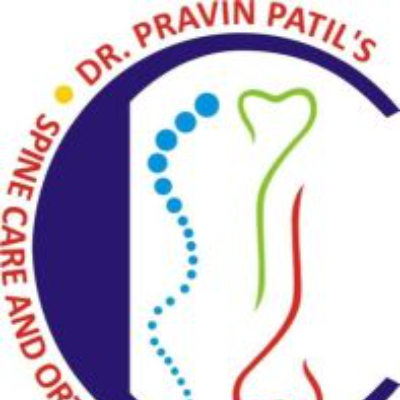+918048053745

This is your website preview.
Currently it only shows your basic business info. Start adding relevant business details such as description, images and products or services to gain your customers attention by using Boost 360 android app / iOS App / web portal.
NECK PAIN Neck pain is a common issue that can res...
NECK PAIN Neck pain is a common issue that can result from various causes, including muscle strain, ligament sprain, disc herniation, cervical spondylosis, and poor posture. MANAGEMENT 1. Non-Surgical Treatments: (a) Rest: Short-term rest can help, but prolonged inactivity should be avoided. (b) Ice and Heat Therapy: Apply ice packs during the first 48 hours to reduce inflammation, followed by heat packs to relax muscles and improve blood flow. (c) Medications: Over-the-counter pain relievers such as NSAIDs (e.g., ibuprofen, naproxen) and acetaminophen can help manage pain and inflammation. (d) Physical Therapy: A physical therapist can provide exercises to strengthen neck muscles, improve flexibility, and promote proper posture. (e) Activity Modification: Adjusting daily activities to avoid movements that exacerbate pain. (f) Ergonomic Adjustments: Modifying your work environment to support proper posture and reduce strain on the neck. 2. Minimally Invasive Procedures: (a) Cervical Epidural Steroid Injections: Administered to reduce inflammation and provide pain relief, particularly in cases of nerve impingement. (b) Trigger Point Injections: Targeting specific areas of muscle tightness to alleviate pain. (c) Radiofrequency Ablation: Using heat to disrupt pain signals from specific nerves. 3. Surgical Treatments (considered when conservative treatments fail): (a) Discectomy: Removing the herniated portion of a disc to relieve nerve pressure. (b) Cervical Fusion: Fusing two or more vertebrae to stabilize the spine. (c) Artificial Disc Replacement: Replacing a damaged disc with an artificial one to maintain mobility. 4. Lifestyle Modifications: (a) Regular Exercise: Engaging in low-impact activities like walking, swimming, or yoga to maintain flexibility and strength. (b) Weight Management: Maintaining a healthy weight to reduce stress on the neck. (c) Proper Lifting Techniques: Using your legs rather than your back to lift heavy objects. (d) Posture Correction: Ensuring proper alignment while sitting, standing, and sleeping.

